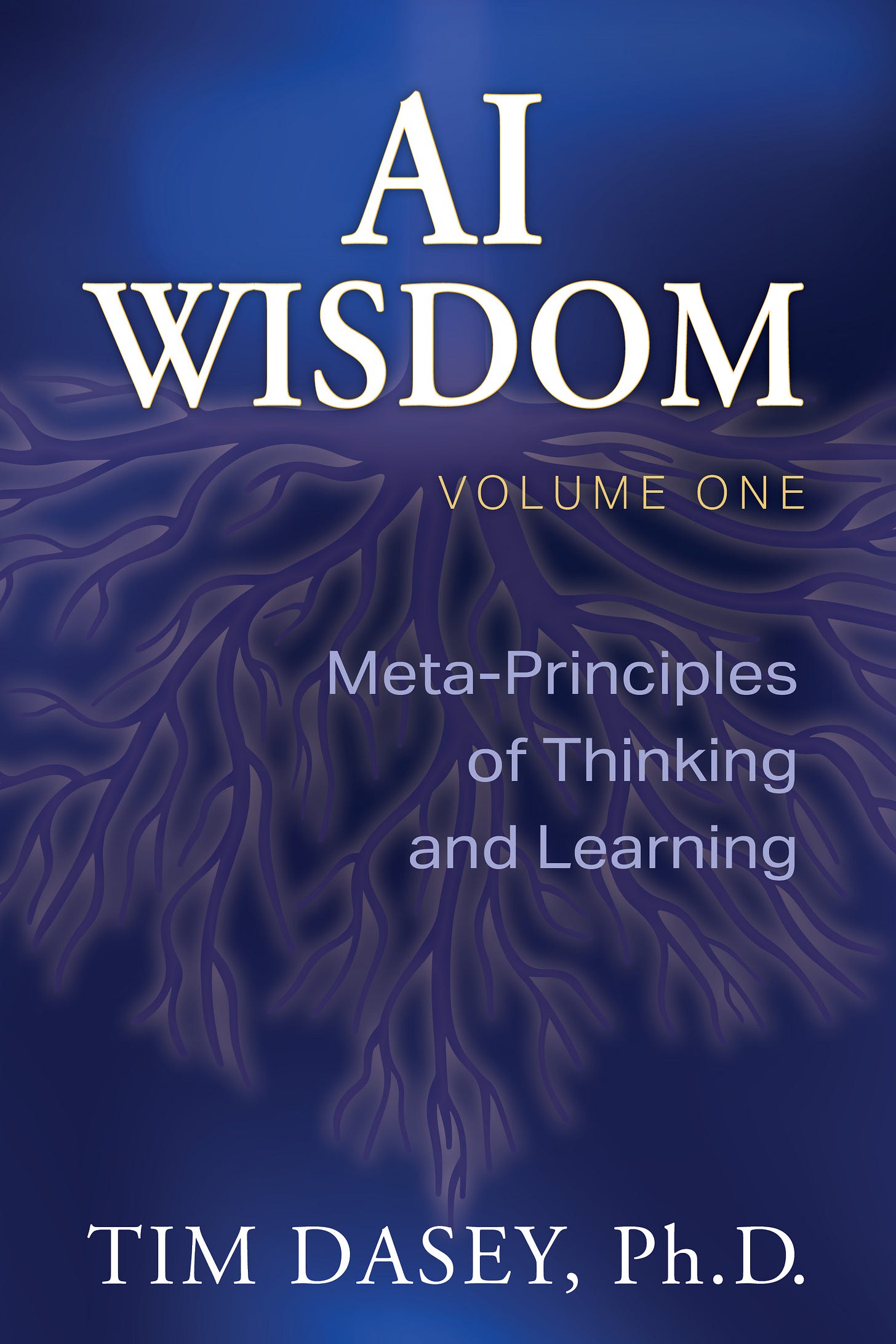[In my upcoming book, I describe the durable AI meta-principles that can be taught in any subject. This is an excerpt from Chapter 5 ("Creative") following my discussion of how AI's conceptual and associative nature enables it to sometimes demonstrate creativity. This excerpt frames creativity and its uses before diving into the creativity ingredients and AI or human advantages.]
What is creativity?
Creativity isn’t just a spark of inspiration—it’s a dynamic process of forming new knowledge associations, testing them, and recognizing valuable connections.
Both brains and AI function as associative networks. Creativity emerges when we navigate these networks in unexpected ways—sometimes forging new connections, other times applying patterns across domains. A scientist might see how wave patterns in music relate to patterns in data, or an engineer might recognize how structures in a spider's web could solve a design challenge.
Both minds and AI operate by forming and morphing connections across large networks of information. The key isn't in having a mysterious "creative spark," but in having the right conditions for spark potential:
A rich network of concepts to draw from
Flexibility to approach problems from different angles
Openness to unexpected connections
Judgment to recognize valuable combinations
When is creativity Needed?
Creativity extends beyond art and breakthroughs—it appears in subtle, everyday problem-solving.
Creative approaches can emerge when we face situations with these characteristics:
Undefined Boundaries. The problem lacks clear constraints or success criteria. A city planning commission faces this when trying to balance preservation with development. There's no obvious right answer.
Dynamic Variables. Multiple factors change simultaneously. Supply chain managers encounter this daily as they juggle shifting consumer demand, material costs, and shipping delays.
Pattern Disruption. Established solutions stop working because fundamental conditions change. The retail industry has experienced this when online shopping transformed consumer behavior.
Domain Intersection. The challenge spans multiple fields of knowledge. Modern sustainable architecture succeeds only by merging environmental science, engineering, and human behavior research.
Constraint Evolution. Both limitations and opportunities keep changing. Manufacturing faced this as automation created new possibilities while environmental regulations added new restrictions.
The most powerful creative moments often arise not when we're trying to be creative, but when we recognize that a situation has these characteristics and respond with flexibility and openness. Understanding these patterns helps us identify when to shift from routine problem-solving to creative thinking, whether we're developing curriculum, managing resources, or tackling any complex challenge.
Education systems face all these challenges.
There are unclear boundaries around what defines success. Traditional metrics often fail to measure crucial capabilities, such as adaptability and creativity. Test scores and GPAs tell only a small part of student ability, while employers demand graduates with abilities that resist simple measurement.
This uncertainty exists in a world of constant change. Education systems must respond to technological advances, evolving workforce needs, and new understandings of how learning happens, all factors that interact and influence each other. The conventional patterns that shaped education for generations, such as age-based grouping, standardized assessment, and discrete subject areas, emerged from Industrial Age needs that bear little resemblance to today's reality.
Modern education now operates at the intersection of multiple domains. Solutions must integrate insights from cognitive science, leverage technological capabilities, address social-emotional development, and prepare students for rapid economic change. Each proposed solution must work within existing resources while remaining equitable and scalable.
Meanwhile, the constraints themselves keep shifting. AI creates unprecedented opportunities even as resource limitations impose fresh restrictions. What works today might become obsolete tomorrow as circumstances evolve. The very structures of educational systems that were designed for a different era now face unprecedented demands for creative reinvention.
As you read next about the aspects of intelligence that are shown to enhance creativity, think about your classroom, school, or overarching educational system. There is a huge need to produce creative graduates, but are you set up to foster these ingredients?
© 2025 by Dasey Consulting, LLC of Massachusetts. All rights reserved.





